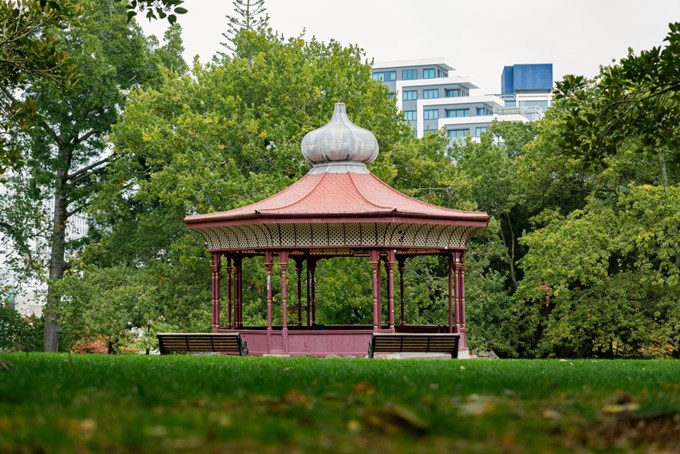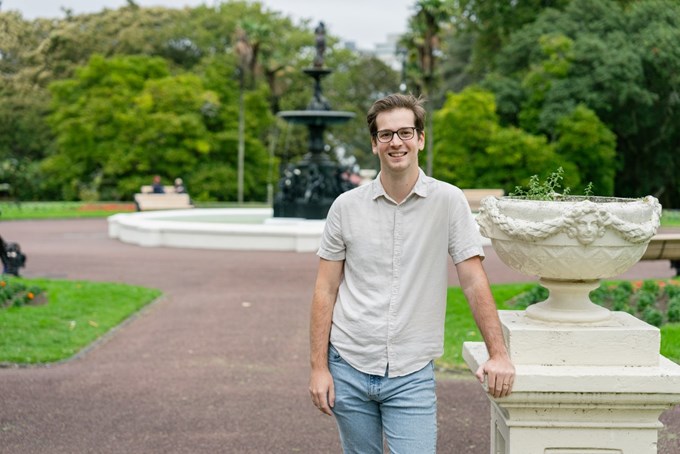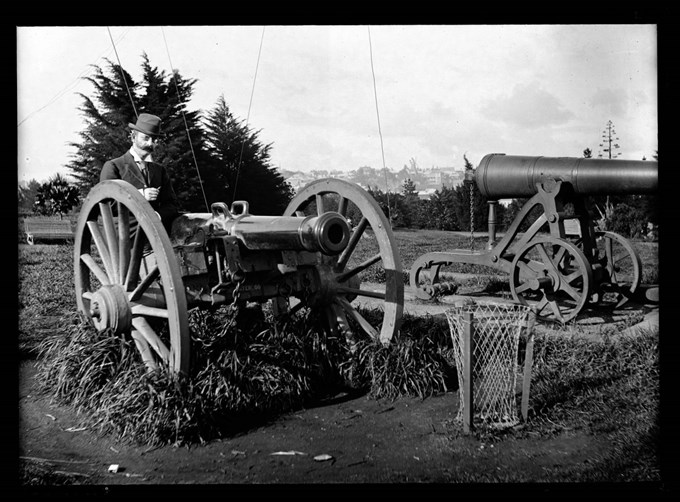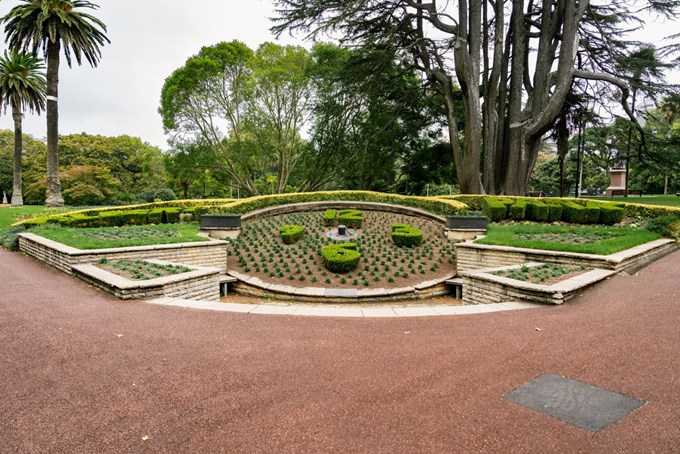Beneath the feet of the thousands of families, tourists, students and picnickers who visit Albert Park every year is layer upon layer of Tāmaki Makaurau’s rich archaeological history. Under the Aphrodite fountain, statues and manicured lawns are the remnants of a very large army barracks from the 1840s, a system of air raid shelter tunnels built during WWII, and signs of a Māori kainga (village) called Rangipuke.
Māori settlement
Before the arrival of Europeans, several mana whenua groups of Tāmaki Makaurau had, at different times, settled in the area – it’s close to a stream called Te Waihorotiu that flowed down the valley of what is now Queen Street. Rangipuke was on the park’s sloping hills and a pā named Te Horotiu was believed to be in the northeastern corner of the park. Wai Ariki spring – near the current site of Auckland High Court – was another site of cultural significance to mana whenua.
With its central elevated position and proximity to water, food sources and the Waitematā Harbour, it’s easy to understand why the area has such an importance in both Auckland’s and Aotearoa’s history.
“There are plenty of places around Auckland that have a similar chronology of human occupation from the arrival of Māori and then early European settlement –places like Howick and Onehunga – but with Albert Park it also has a concentration of administrative centres and power structures during watershed moments in this country’s history,” says Auckland Council Archaeological Specialist Leo Gallagher.
Colonial construction and royal roots
About 85m of basalt masonry wall on Alfred Street is all that remains of Albert Barracks, a nine-hectare garrison built between 1846 and 1852 that housed 900 soldiers under the orders of Governor George Grey. The barracks were designed to defend Auckland following warfare in Kororāreka / Russell between European settlers and Māori. Just up the hill at The University of Auckland and adjacent to the barracks is Old Government House, the original residence of the Governor of New Zealand.
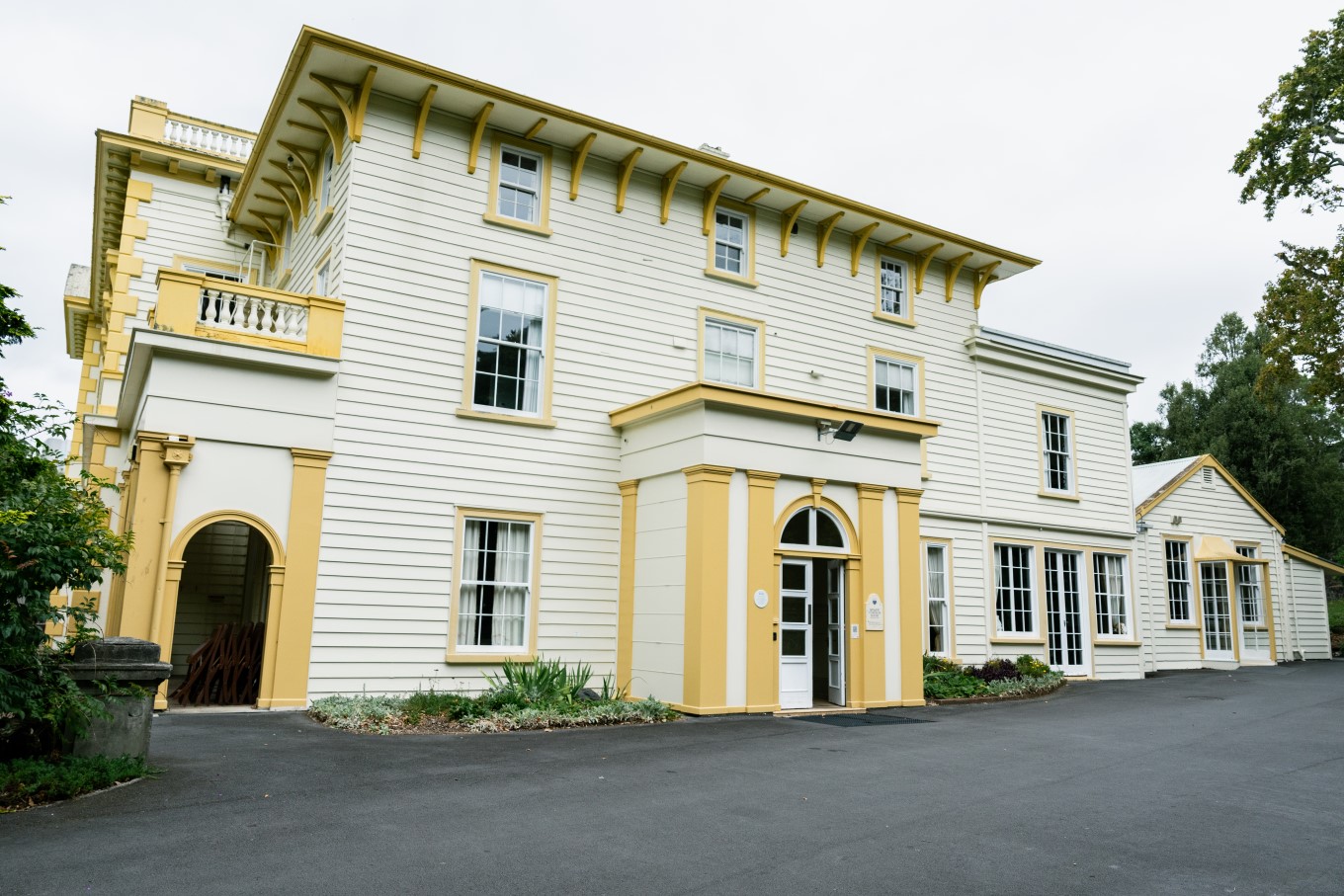
The original Government House building on Waterloo Quadrant was destroyed by a fire in 1848 and replaced in 1856.
After it was decided the barracks were no longer needed, the surrounding area was turned into a park, named after Queen Victoria’s husband Prince Albert. The park was designed in a public competition in 1881, with the winning design by architect James Slater.
Sir George Grey (no longer governor at this point) donated 200 plants and trees to the park and others were donated by prominent colonial resident Judge Thomas Gillies. Notable trees include an ombu tree, a South African coral, a monkey claw tree, and a circle of English oaks which were planted to commemorate the visit of the United States Navy Great White Fleet in 1908.
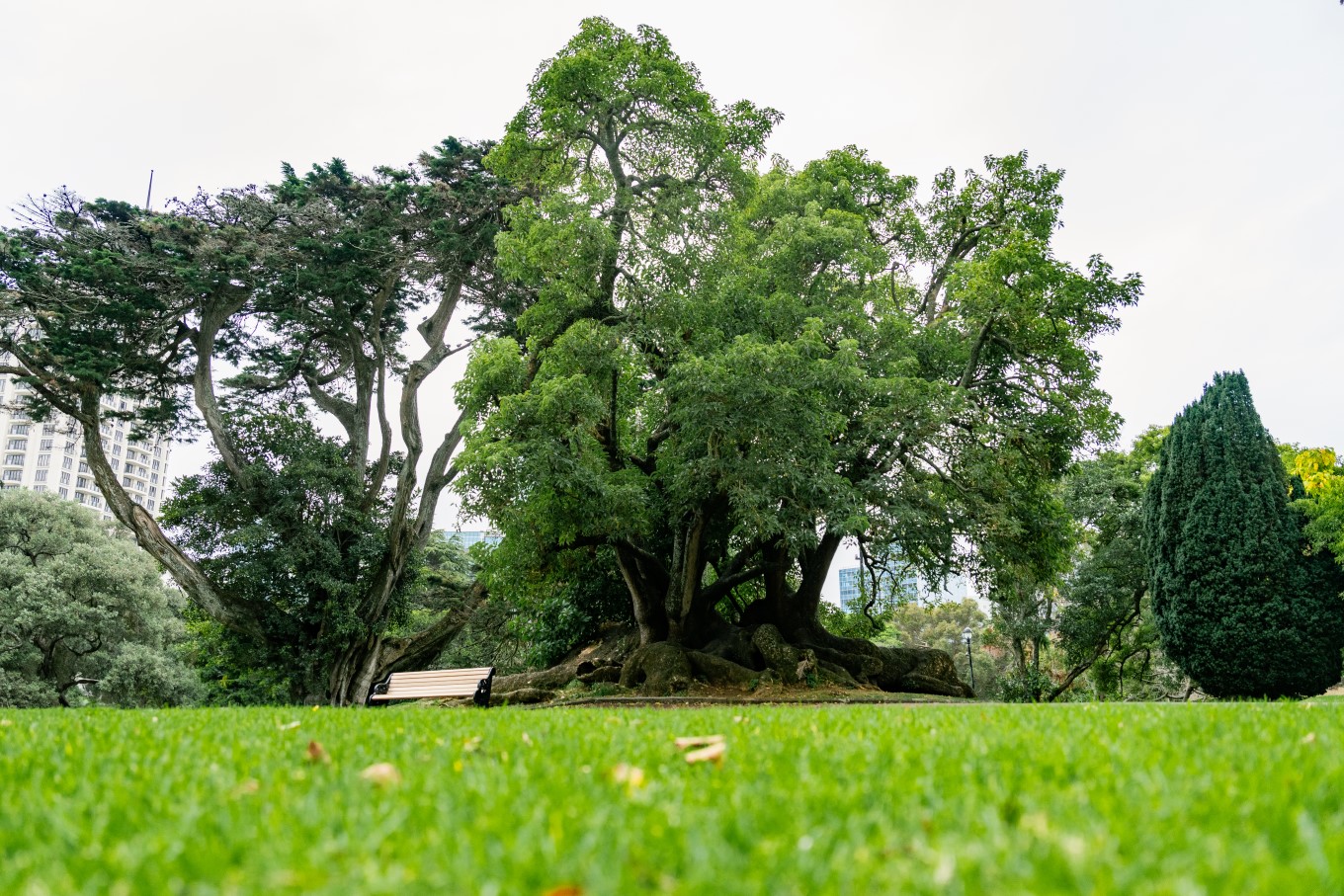
The ombu Phytolacca dioica tree in Albert Park was planted by Governor George Grey. The large sprawling tree is native to the Pampas regions of South America.
“What’s interesting about this area is there is so much heritage still standing that people are walking past every day,” says Mica Plowman, Principal Heritage Advisor at Auckland Council. ““Victorians loved walking in their parks, and the area surrounding Albert Park became a wealthy neighbourhood in the 1880s with beautiful ornate merchant houses surrounding the Park” she says.
The heritage-listed bronze statue of Queen Victoria created by British sculptor Francis John Williamson was erected in 1897. The park has several other connections to the British monarchy, including oaks grown from acorns gathered from Windsor Great Park, and the flower clock which created for the royal tour of Queen Elizabeth II, who also planted a rimu in the park while visiting New Zealand.
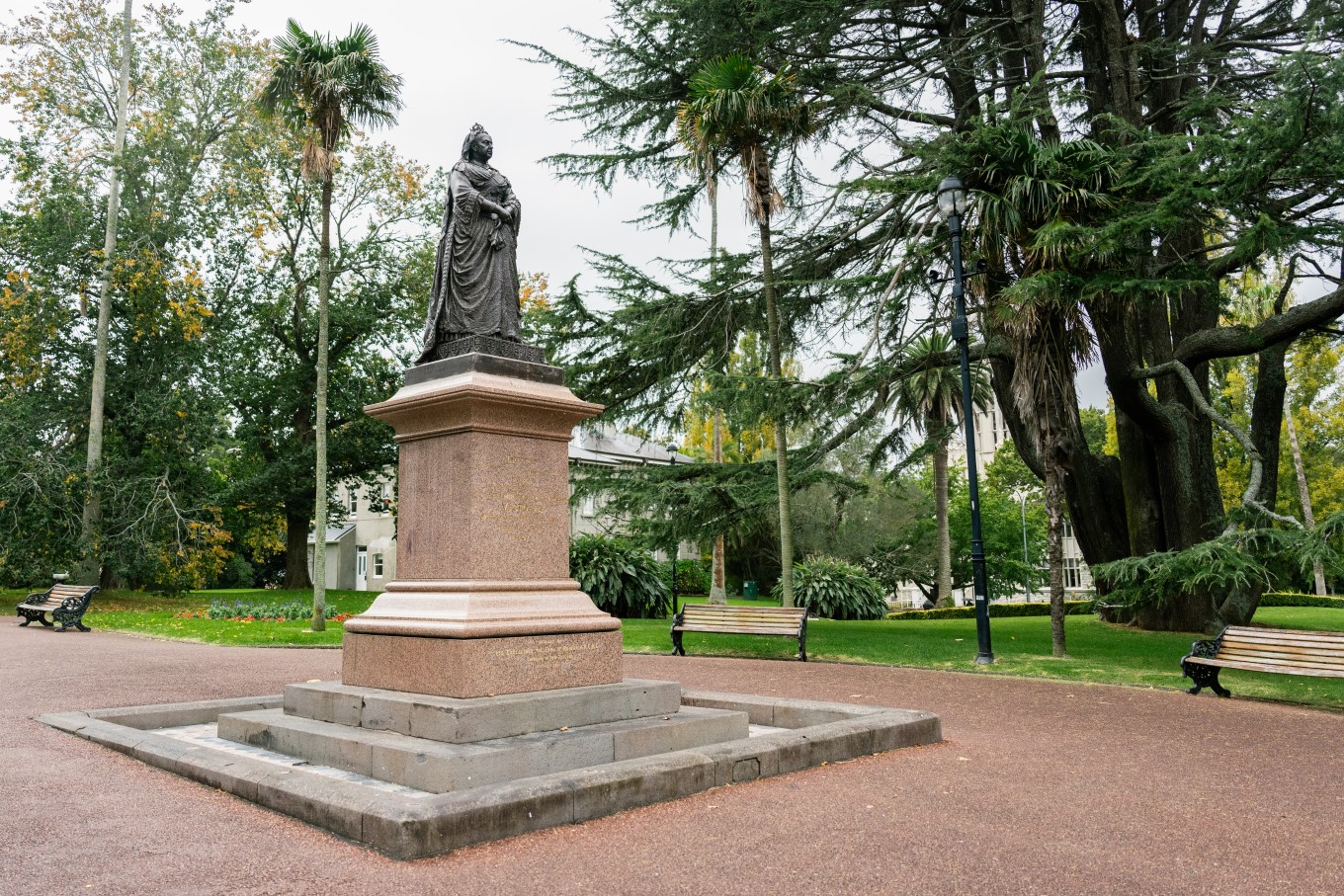
The bronze statue of Queen Victoria was created by British sculptor Francis John Williamson and was erected in 1897.
After Japan entered WWII in 1941, a 3.5km network of tunnels were built under Albert Park as air raid shelters. As interesting as it would be to explore these historic passageways, the tunnels were filled with clay bricks and sealed off to the public after 1946, but there have been several campaigns to reopen parts of the tunnel complex.
Archaeology Week
Albert Park is just one example of Auckland’s rich heritage, protected, preserved and kept alive through the research of archaeologists over the years. Archaeology Week, which runs from 27 April to 5 May 2024, celebrates the work of archaeologists to unearth the treasures and taonga of the past to help us learn more about our shared heritage.
“Something people often say to me is, ‘Why do we need archaeology? New Zealand doesn’t have much history’. What you find with archaeological history is that it's often very hard to see. But there’s so much history and [Aotearoa] is one of the biggest and fastest settlements of the Pacific,” says Mica.
Adds Leo, “I grew up in Auckland and from when I was very young, I developed a fascination with history, and later archaeology. It’s a lifelong interest, so being able to contribute to the preservation of our history is something that is very rewarding.”

